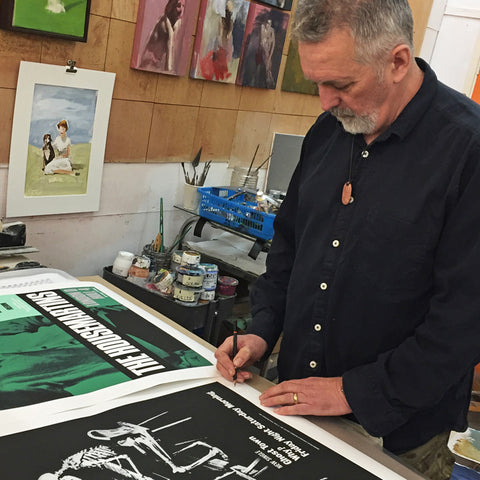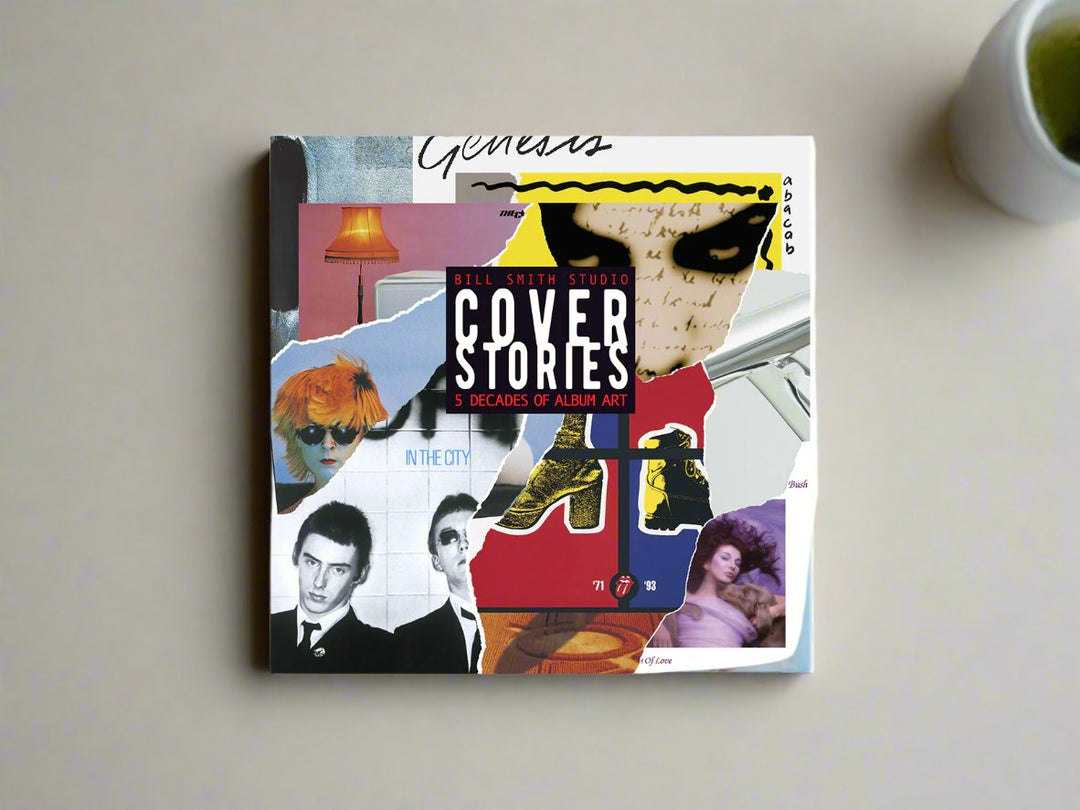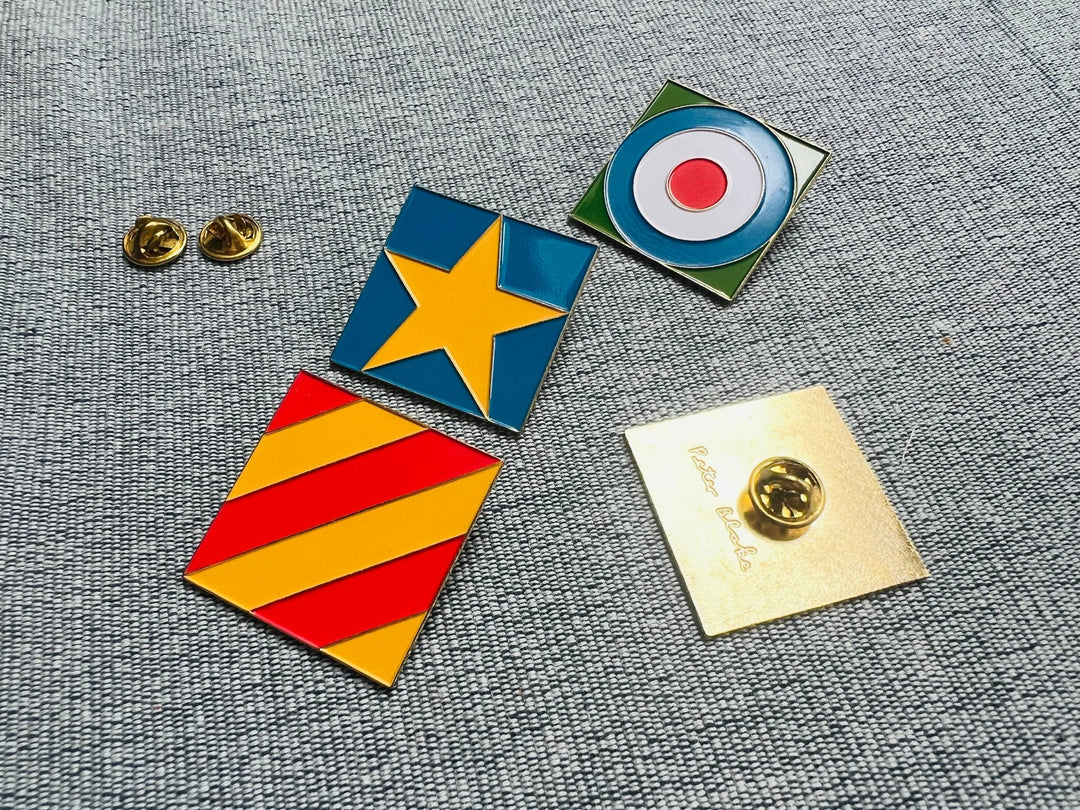Album cover artist David Storey talks 2Tone, the 1980s and life after the music biz with Hypergallery.
April 2017
What was your path into album cover design?
I started designing album covers when I was still at college (Middlesex). After graduating I joined Chrysalis Records which. In the early 80s Chrysalis was THE label to work for. It also happened to be a golden age for album cover design. Covers were being regarded as an art form in their own right. There was a show at the ICA and so on.
It must have been an exciting time to be in the business. Is there anything you were involved in that stands out, looking back?
I'm particularly proud of the work I created for 2 Tone which was a subsidiary of Chrysalis. It was home to bands such as The Specials, The Selector, The Beat and Madness. That work was produced with my colleague John 'Teflon' Sims, under the creative direction of Jerry Dammers [founder of 2 Tone and keyboard player in The Specials].

What was it about that work that makes it so distinctive?
Our design approach was what you might call 'none design', meaning that Jerry would root out any attempts by John and myself to introduce gratuitous design embellishments. This ruthless weeding out resulted in bold, simple, direct graphics. That is probably the main reason that the 2 Tone style has such an enduring impact. It is timeless. It was an exciting time for me personally because it was a privilege to package and promote such a unique style of music.
What made it unique?
Well, it was dance music that conveyed important social and political messages. Probably the best examples of the genre are Ghost Town and Nelson Mandela, both by The Specials.
How do you follow that?! You continued to work with bands after you left 2 Tone, didn’t you?
I left Chrysalis in 1984 but they kept me on a retainer to continue working with Jerry Dammers and also on their new [subsidiary] label Go! Discs. I created the design style of The Housemartins for them, amongst other things.

And after that?
Around 1990 the creative opportunities in the music industry started to decline - mainly because the CD format was replacing vinyl. Also because marketing replaced art as the major vehicle for selling music. I started to concentrate more on my own projects.
You’ve become a full-time painter, is that right?
Yes, I've worked primarily as a painter/printmaker for the last 20 years. I'm represented by The Thomas and Paul Gallery in London. But I still design the odd album cover. I was commissioned quite recently to make a limited-edition vinyl box-set called Untrue Island which is a collaboration between the composer Arnie Somogyi and the writer Robert Macfarlane. It is their reflections on Orford Ness; a de-commissioned cold war weapons testing site on the Suffolk coast. I’ve made a limited edition screenprint to go in the set so the project has sort of brought together my design expertise and my work as an artist.






